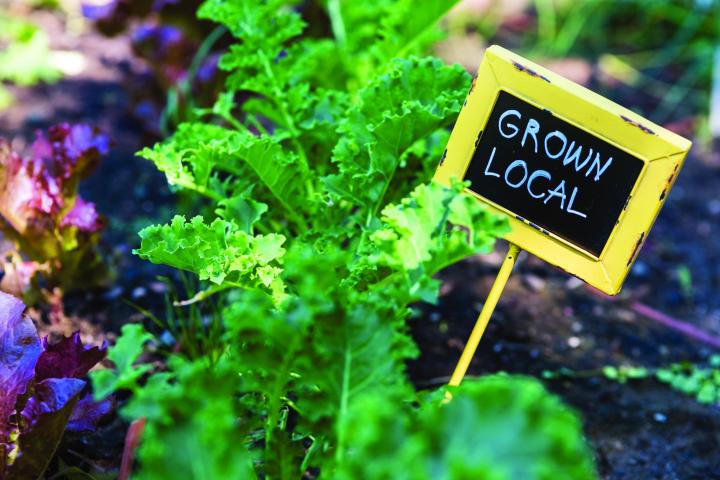
Photo Credit
LUMOimages Shutterstock
Subhead
10 Steps to Starting a Community Garden
No content available.
No content available.
Comments
Add a Comment










